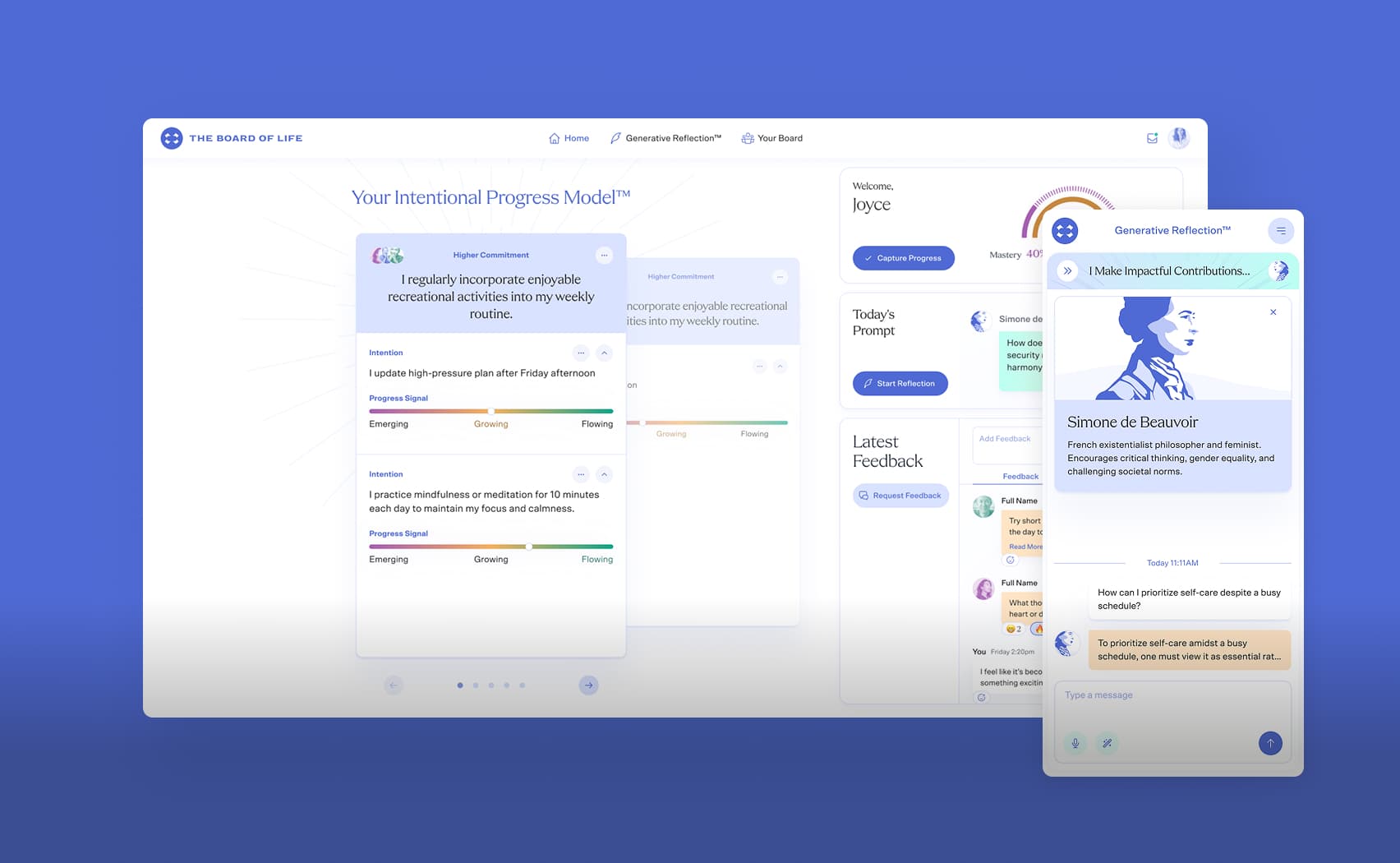How to use Rails translations for Reform attributes
If you use Reform for the form objects and want the translations in your Rails application to work as with ActiveRecord objects, then you can add ActiveModel::Translation module to the form class or base class and specify the method with the key to translations.
class BaseForm < Reform::Form
extend ActiveModel::Translation
def self.i18n_scope
:forms
end
end
class UserForm < BaseForm
feature Coercion
property :login
property :change_password, virtual: true, type: Types::Form::Bool
property :password
property :password_confirmation
validation do
required(:login).filled
end
validation if: ->(_) { change_password } do
required(:password).confirmation
end
end
Set translations for form fields.
You can move them to a new file config/locales/forms.yml.
en:
forms:
attributes:
user_form:
login: Enter login
change_password: Change password?
password: Enter password
password_confirmation: Confirm password
Now, translations will be used by the simple form or you can call them manually by UserForm.human_attribute_name.



